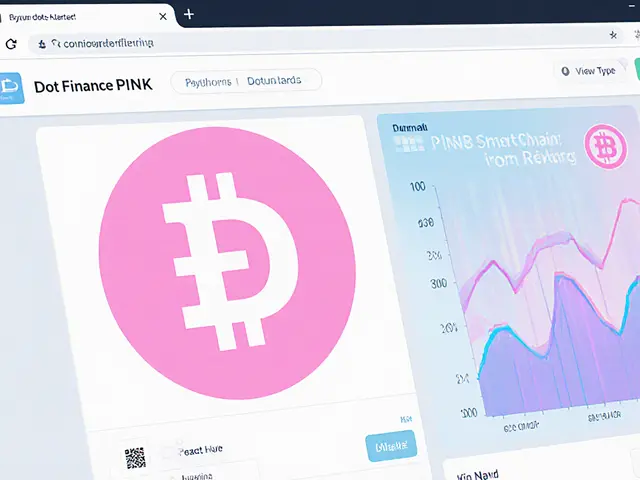Cross-Border Payments: How Crypto and Regulation Shape Global Money Flow
When dealing with cross-border payments, the movement of funds between two different countries using various financial channels. Also known as international transfers, it has become a hot testbed for new tech. Cryptocurrency, digital assets that rely on blockchain for secure, peer‑to‑peer transactions entered the scene as a way to cut fees and speed up settlement. At the same time, stablecoins, tokens pegged to a fiat currency or commodity to limit price volatility gave businesses a predictable unit of value for everyday cross‑border trade. Governments responded with central bank digital currencies (CBDC), state‑issued digital cash designed to coexist with commercial money, which promises faster settlement while keeping regulatory oversight. Finally, blockchain interoperability, the ability of different blockchain networks to exchange data and value seamlessly ties everything together, allowing a Bitcoin‑based payment to end up as a stable‑coin‑denominated invoice in a different ledger. In short, cross-border payments now sit at the intersection of digital assets, regulatory policy, and technical standards.
Key Factors Driving Modern Cross-Border Payments
One major semantic link is that cross-border payments encompass crypto‑enabled transfers. This means any payment that uses a blockchain must consider the consensus mechanism, transaction confirmation time, and network fees. Another connection is that stablecoins enable low‑cost, near‑instant settlement because they avoid the volatility of traditional crypto while still benefiting from blockchain’s speed. Regulatory compliance is a third pillar: AML/KYC rules, FATF guidelines, and local licensing all shape how firms can route money across borders. CBDCs add a fourth dimension by offering a sovereign‑backed digital alternative that can interoperate with private stablecoins, creating a hybrid ecosystem. Finally, interoperable blockchains facilitate cross‑chain messaging, letting a payment initiated on one network be validated on another without a centralized bridge. These relationships form a chain of cause and effect: better interoperability reduces friction, which in turn spurs adoption of stablecoins, prompting regulators to draft clearer rules, and encouraging central banks to launch CBDCs.
Below you’ll find a curated set of articles that dive deep into each of these elements. We cover everything from how Iraq’s crypto ban impacts cross‑border money flow to the technical details of confirmation times that stop double‑spends. You’ll also read about stable‑coin use cases in Nigeria’s booming crypto market, the role of validators in securing cross‑chain transactions, and the tax implications of airdrops that affect international investors. Whether you’re a fintech founder, a compliance officer, or just curious about the future of money, the posts ahead give practical insights, real‑world examples, and actionable steps to navigate the evolving world of cross‑border payments.

Explore how stablecoins are reshaping payments, DeFi, enterprise finance, and financial inclusion beyond trading, with real‑world examples, risks, and a comparison of top options.
Jonathan Jennings Jan 31, 2025




